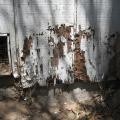How Long Does It Take for Termites to Destroy Your Home?
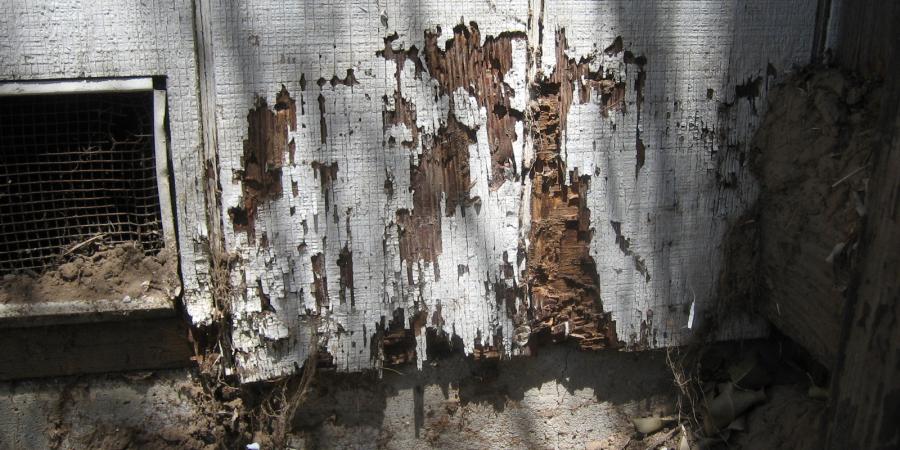
A termite is a eusocial insect that feeds on wood. Each termite has special bacteria, enzymes and protozoa that give it the ability to digest the organic fibrous material in wood called cellulose. There are two main types of subterranean termites: swarmers and workers.
Swarmers are the reproductive units in the colony and help to support rapid colony growth. Workers are the industrious units in the colony and actively work to consume wood and bring it back to the colony as food. They also build mud tubes and nests.
If you see one termite in your home, you probably have an entire colony hidden somewhere in your walls, beams, or any other wood components of your house. Here’s what you should know about the pests and how long it could take them to destroy your home.
Different Types of Termite Infestations
Drywood Termites
These termites are common throughout the southern United States. You are more likely to find them in areas that have mild winters. Drywood termites are the most common type found in homes in the U.S. They are not harmful to humans, but they can cause a lot of damage and structural issues to a house. If you have drywood termites in your home, you may find that they are above ground. They will build a nest that is separate from the wood in your home.
Subterranean Termites
Subterranean termites are most common in the southern and western parts of the U.S. They are different from drywood termites because they live underground. This makes it harder to spot an infestation, so it’s important to keep an eye out for signs. If you have subterranean termites, they are likely to cause a lot of damage over time. They are known for causing millions of dollars worth of damage every year.
Pacific Coast termites
Pacific Coast termites are found in the Pacific Northwest. You might also hear them called Saltbox house termites. These are the least harmful termite species, but they can still cause a lot of damage. If you have these in your home, you are much more likely to spot signs of an infestation. Saltbox house termites prefer to nest above ground and are easier to spot.
Destructive Capacity of Termites
It would take a single termite over 3,000 years to eat all the wood in a modest, 1,000-square-foot home. Before you breathe a sigh of relief, consider the fact that termites don’t live alone and that termite colonies tend to multiply rapidly. The largest colonies can consume approximately one pound of wood every 24 hours.
Once major wooden structures are destroyed, it usually takes thousands of dollars to repair them. That’s why it’s so important to watch for signs of termite colonies in your house and on your property and schedule termite inspection and treatment services immediately.
How Long Does It Take Termites to Build Mud Tubes
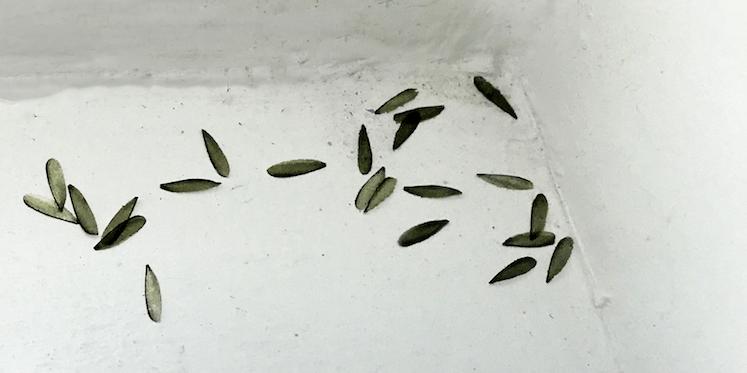
Termite mud tubes can often be found in the basement of the house or along the foundation. Termites build mud tubes mainly for the purpose of transportation. They can also be used for sheltering, protection against predators and keeping moisture.
With enough food and water, termites can be very productive. They can build basic mud tubes within a few days. Then it might take several weeks for termites to strengthen and adapt the mud tubes for regular use. Mud tubes in pre-existing structures take less time to build because they require less mud.
How Long Does It Take for Termites to Destroy a House
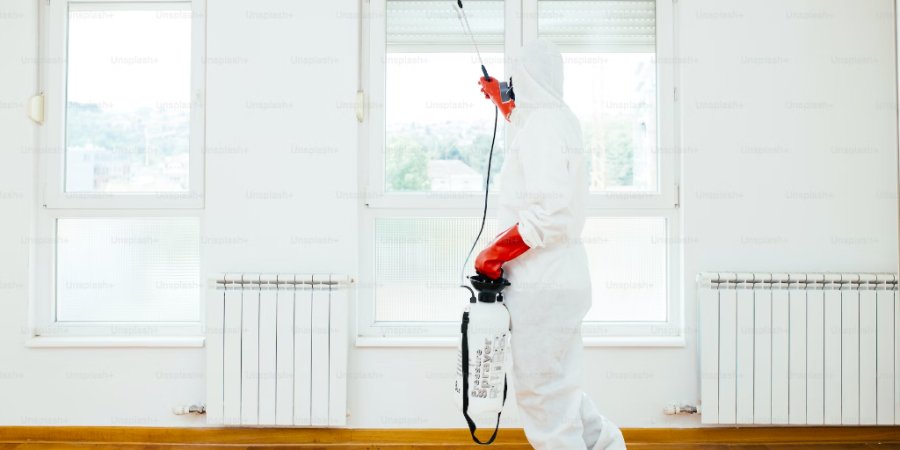
When a termite colony infests a home, it can take as little as three years for noticeable damage to occur. Of course, the rate of damage depends on the size of the colony. If the colony is large enough, it can destroy the wood components of your home within a period of eight years.
How Long Do Termites Live
Termites have an average lifespan of around two years. However, it is possible for them to get into your home and start reproducing within a few months. If you have termites in your home, they are likely going to keep re-populating. It is important to get them under control as soon as you see the first signs of an infestation. If you let them continue to feed and multiply, they will cause a lot of damage. This damage can be costly to repair and may even require you to replace large sections of your home. You may also see damage to nearby items, like wooden furniture. If you see termites in your home, you need to take action quickly. Get in touch with a pest control company to help you with your infestation.
How to Tell if You Have Termites
Termites are surprisingly small creatures, so you have to keep a sharp eye out for them. Here are a few common indications of an infestation:
- Hollow sound when you tap on wood
- Termite droppings (which look a lot like sawdust)
- “Ants” that are white in color
- Strange tapping or clicking noises coming from walls, beams, or other wood components
- Tunnels in wood
- Discarded wings
- Mud tubes in the soil around your home’s foundation
If you see any of these indications of a termite colony in your home, don’t ignore them! Pretending you don’t have a problem won’t make it go away. It will just give the little pests more time to continue destroying your home from the inside out.
How to Prevent Termite Damage
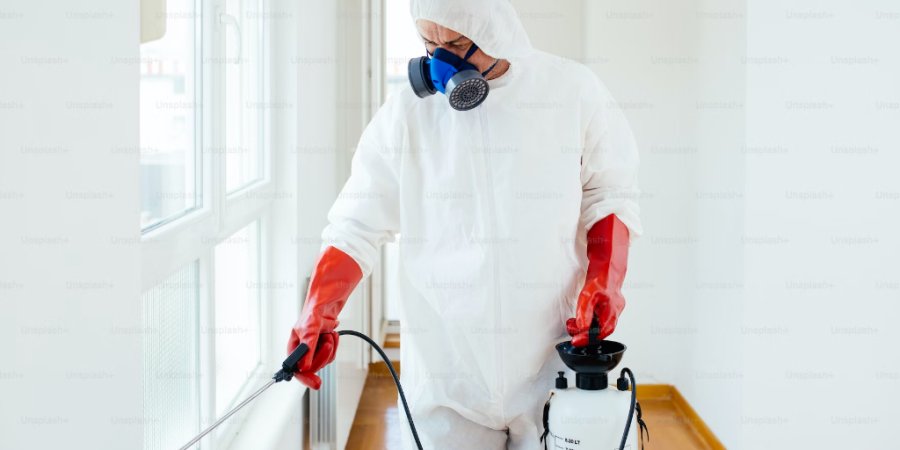
Homeowners insurance doesn’t usually cover the removal of termites or subsequent repair costs. To avoid paying thousands or tens of thousands to repair damage from termites, you need to be proactive. Here are several things you can do to prevent termites from damaging your home:
- Check your property and house for signs of a termite infestation regularly.
- If you live in an area with common termite problems, have a professional check for termites at least once per year.
- Locate a good pest control company to deal with any current termite issues you may have. Remember, the sooner you solve the problem, the less you’ll pay in the long run.
If you take these proactive steps, you’ll be more likely to identify and squash termite colonies before they have the chance to cause serious structural damage to your house or property.
Termites Home Treatments
Below are some common termite treatment methods you can use at home:
Spraying certain insecticides in your yard or around your house is one of the most common termite treatments. It can be used to prevent infestations, or if you believe your home has been invaded, it can be used to eliminate active termite colonies.
In order to prevent future termite infestations, you should make sure that your property is well maintained. That means keeping vegetation away from the structure of your home and keeping gutters clean. Termites are often attracted to homes with trees or other vegetation growing too close to the building, so keeping trees and shrubs at a safe distance can help prevent future infestations.
Inspecting your home for signs of termites and fixing any structural issues that might be drawing them in is another way to prevent future infestations.
Conclusion
Remember not to underestimate termites just because they are small. If you see one on your property, you can be certain there are more or will soon be more. The earlier you schedule termite inspection and treatment, the easier it will be to eliminate your termite issue before it becomes more serious.
More Resources: apartment living guides and real estate resources.
More to Read:
Previous Posts:
